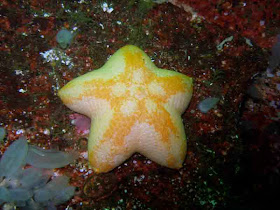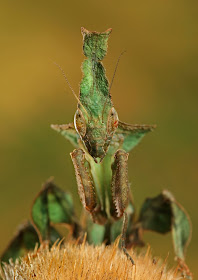 Graciela Iturbide is a celebrated and influential Latin American photographer, whose work has promoted feminism and cultural awareness. So why on earth would any of her work condescend to appear here? In a word: iguanas.
Graciela Iturbide is a celebrated and influential Latin American photographer, whose work has promoted feminism and cultural awareness. So why on earth would any of her work condescend to appear here? In a word: iguanas. One of her most famous photos is of Nuestra Senhora de las Iguanas, or Our Lady of the Iguanas. Yes, she's wearing a head dress of living iguanas. This is one of the few extant photos of Nuestra Senhora; the iguanas wouldn't cooperate by posing properly, so most of the other photos were scrapped.
What's fascinating about this photo (as if an iguana hat weren't enough) is that it highlights a throwback to pre-Columbian Mexico and Zapotec life. I'm very curious to know what's keeping all those iguanas in place. But maybe I'm better off knowing.
Thanks for the story, Niner.






















































